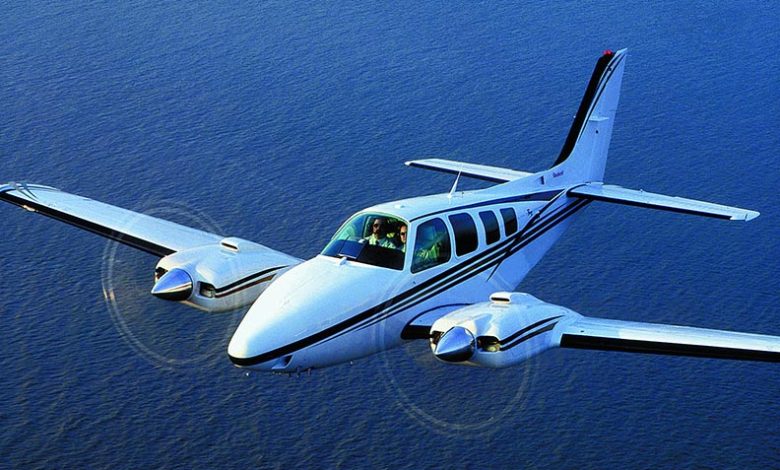How to Choose the Right Aviation Insurance Policy for Your Aircraft

Selecting the appropriate coverage for your flying machine is essential in ensuring its protection and maintaining your peace of mind. This detailed article will navigate the critical considerations and tips to aid you in making an informed decision regarding selecting an aviation insurance.
Know Your Needs
Assessing Risk Factors
Start by evaluating the specific risks associated with your flying operations. Consider factors such as the types of missions you undertake (personal, instructional, commercial), the geographical areas you frequent, and the storage conditions of your vessel. These elements will help you pinpoint the coverage scope necessary for your situation.
Types of Coverage
Familiarize yourself with the different kinds of policies available. Liability coverage protects against damages your operations might cause to third parties, while hull insurance covers physical damage to your craft itself. There are also specialized policies for unique needs, such as cargo or passenger liability and loss of use coverage.
Comparing Providers
Reputation and Financial Stability
Investigate potential insurers’ reputations and their financial health. A company with a strong financial background and positive reviews from other aviators is likely to provide reliable service and handle claims efficiently.
Customization Options
Look for providers that offer customizable plans. A one-size-fits-all approach doesn’t work well in the aviation sector due to the vast differences in operation types, aircraft models, and pilot experiences. A provider that allows you to tailor your policy to match your specific needs is invaluable.
Claims Process
Understand each insurer’s claims process. A straightforward, transparent claims procedure can significantly reduce stress in the event of an incident. Check how the company handles claims, the typical timeframe for processing, and what support you can expect during the process.
Cost Considerations
Deductibles and Premiums
Compare the cost differences between policies, paying close attention to deductibles and premiums. A higher deductible might lower your premium, but consider whether you can afford to pay that deductible in case of a claim.
Discounts and Rewards
Inquire about any available discounts or rewards programs. Some insurers offer reduced rates for completing additional training, implementing safety measures, or having an accident-free record. These incentives can significantly lower your overall costs.
Legal and Regulatory Requirements
Compliance
Ensure any policy you consider complies with local and international regulations applicable to your operations. Regulatory requirements can vary greatly depending on where and how you fly, so choosing a policy that legally keeps you in good standing is critical.
Certification and Endorsements
Certain types of operations may require specific certifications or endorsements on your policy. For instance, if you’re involved in commercial activities, you’ll likely need additional coverage beyond what’s necessary for personal use.
Making the Decision
Review and Ask Questions
Before committing to a policy, thoroughly review all the terms and conditions. If anything is unclear, don’t hesitate to ask for clarification. It’s better to understand every aspect of your coverage upfront than to discover gaps in protection when it’s too late.
Long-term Considerations
Think about your long-term needs and whether a policy can adapt with you as they change. Your coverage needs might evolve as you acquire more experience, change your flying habits, or upgrade your machine. A flexible policy that can grow with you is an asset.
Regular Review and Update of Coverage
Staying Updated with Changing Needs
It’s vital to periodically reassess your coverage needs as your flying activities evolve. Whether it’s due to changes in the type of flying, additional training received, or upgrades to your vessel, your insurance needs may shift. Regularly reviewing your policy ensures that your coverage remains aligned with your current needs, providing an opportunity to adjust your policy accordingly.
Conclusion
Choosing the right aviation insurance for your flying machine requires careful consideration of your specific needs, thoroughly comparing available options, and understanding the legal requirements. By taking the time to research and evaluate your choices, you can secure a policy that offers comprehensive protection, peace of mind, and value for your investment. Remember, the best policy aligns closely with your operational needs and provides the support you need when you need it.





